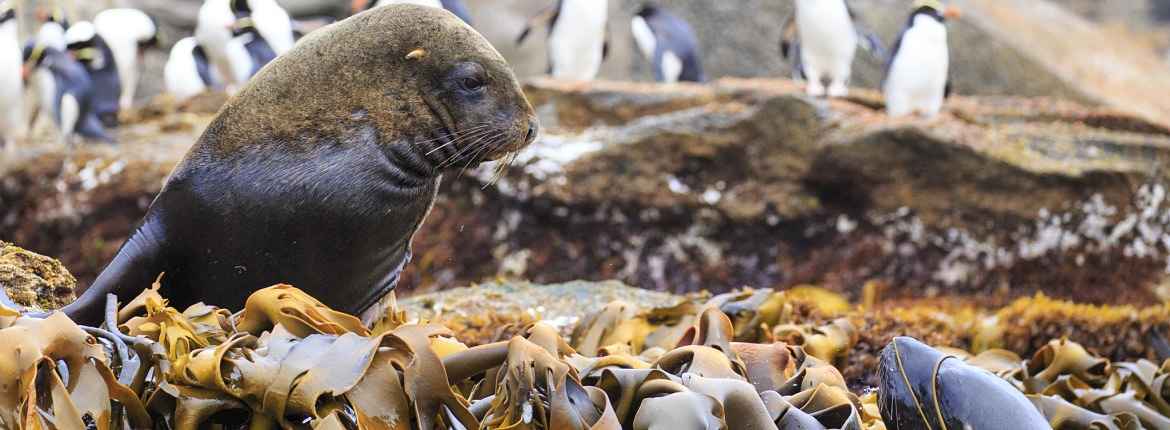
Environmental care
All seabirds and marine mammals, four coral groups, and many species of sharks are fully protected by law in New Zealand.
We work hard to have as little interaction with other animals and marine life as possible. New Zealand has developed world-leading technologies and procedures to minimise these environmental interactions.
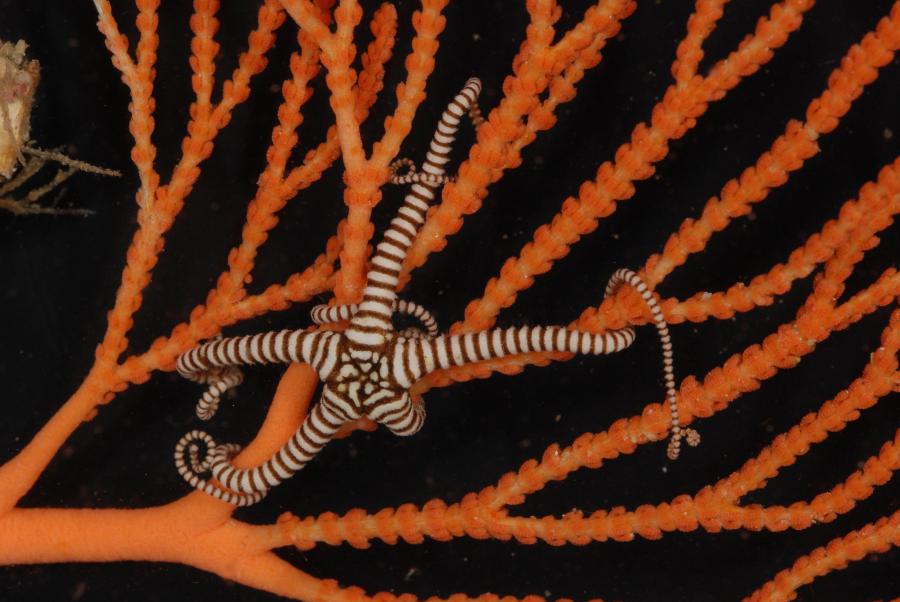
Benthic
The benthic (or seabed) environment is a vital part of deepwater ecosystems and provides a range of habitats for fish and other animals. That is why New Zealand has closed a third of its Exclusive Economic Zone to bottom trawling by law. These areas, known as Benthic Protection Areas, protect at least 10 percent of each of the different seabed habitat types. New Zealand’s Benthic Protection Area network makes up one of the largest marine conservation areas in the world and covers an area four times the landmass of New Zealand. Click here to learn more about New Zealand's Marine Protected Areas.
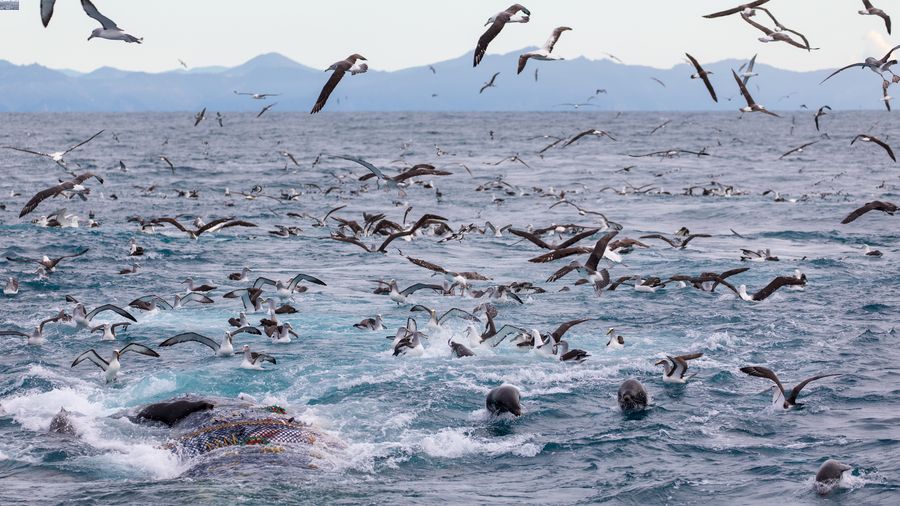
Bycatch
In most fisheries, around 90% of the catch comprises valued commercial species. These include target species, as well as other valued species that may get caught along with these, known as bycatch. Strict reporting and catch balancing procedures apply to all quota species. All quota species, including those taken as bycatch, must be landed and reported against the appropriate catch limits. Due to the generally low catch volumes, species outside of the Quota Management System (QMS) are considered to be at low risk of being overfished. However, if a sustainability issue is identified, non-QMS species can be introduced to the QMS under the New Zealand Fisheries Act 1996.

Dolphins
Common dolphins are abundant in New Zealand waters. They travel in large groups and work together to hunt schools of fish. As common dolphins feed on mackerel there are times when fishing and dolphin feeding activities overlap. To minimise interactions with dolphins, DWG has implemented procedures that fishermen agree to follow such as checking to ensure dolphins are not around when setting the net. Training is carried out to ensure all crew understand these procedures and why they should be followed. The Ministry for Primary Industries monitors and audits the fleet’s performance against these procedures. There is also concern for the small Maui dolphin population. However, there is no overlap between where the Maui dolphin is found and deepwater fisheries.

Ecosystems
To ensure sustainable fisheries we must consider broader ecosystems; it is these ecosystems that sustain our seafood harvests. Removing large numbers of one species may affect the other animals that rely on that species for food. This means fisheries are no longer managed in the traditional way, which focused on single species and instead includes the consideration of broader flow-on effects. Recent studies have looked at ecosystem aspects such as predator-prey relationships, ecosystem indicators, and the possible effects of climate change within the ecosystems.

Sea Lions
New Zealand sea lions are unique to New Zealand and one of the rarest species of sea lions in the world. It is thought that before humans arrived in New Zealand sea lions were found right around the coast. Sea lions were hunted for food and skins but have been protected by law since the late 1800s. Their population of around 12,000 is now restricted to southern New Zealand and sub-Antarctic waters. Most breed on the Auckland Islands but a large number breed on Campbell Island and some have recently recolonised Stewart Island. The Auckland Islands have a marine reserve extending 12NM to help protect these breeding colonies as well as other marine life here. In places, the foraging grounds of sea lions overlap with fishing grounds. To manage interactions, we use Sea Lion Exclusion Devices, which allow sea lions to escape fishing nets alive and unharmed. These have proven successful and fishing is no longer a threat to local sea lion populations. This video explains how they work.
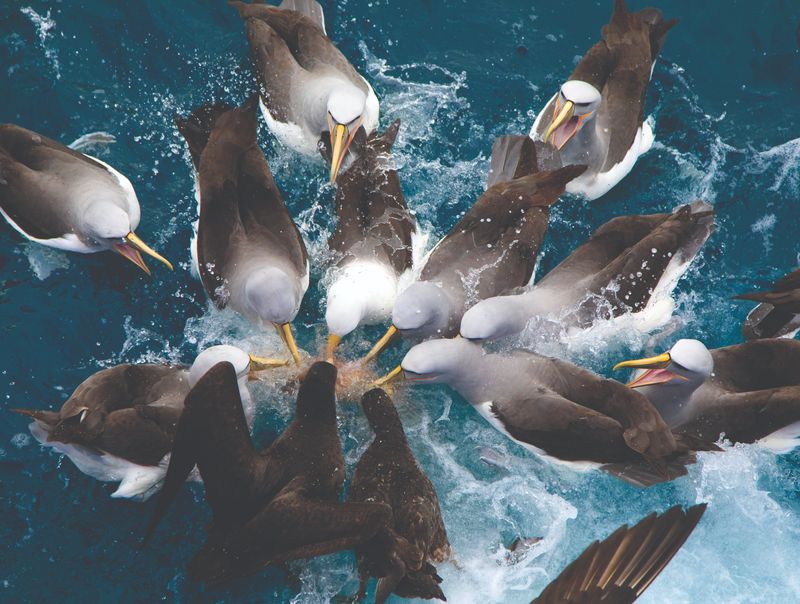
Seabirds
New Zealand is home to the greatest diversity of seabirds on earth, many of these are international travellers that come here to breed. Such diversity, coupled with large numbers, makes fishing in New Zealand particularly challenging. Seabirds naturally flock around fishing vessels as fish scraps and catch provide easy pickings. In their race for food, seabirds may get struck by trawl cables or entangled in the net. To reduce interactions, we have worked hard to develop and implement seabird-smart fishing practices. These have proven successful and many are now regarded as international best practice. The Ministry for Primary Industries has produced an updated National Plan of Action for Seabirds to continue to document New Zealand’s efforts in conserving and managing seabirds within our waters. DWG is also involved in Southern Seabird Solutions, an innovative alliance with representatives from the seafood industry, government, and WWF-NZ promoting seabird-smart practices in Southern Hemisphere fisheries.
Southern Seabirds Solutions produced this video on deepwater trawl and longline response to seabird captures.
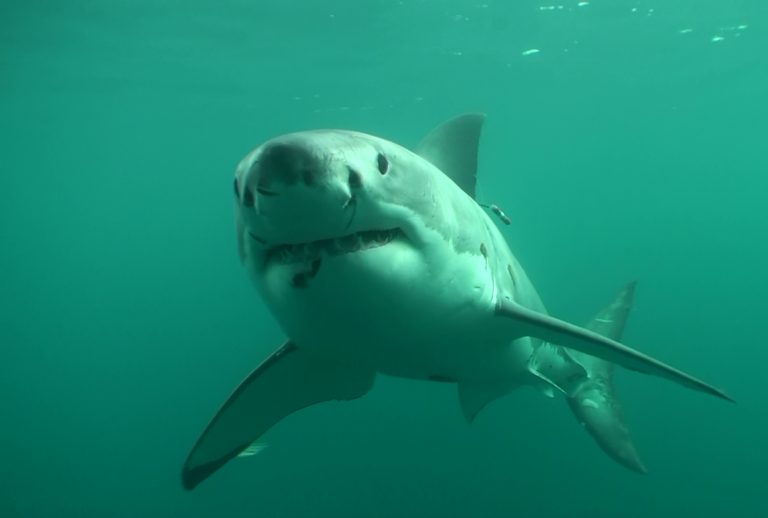
Sharks
New Zealand waters are home to at least 113 species of shark, including all sharks, rays, skates, chimaeras and other members of the Class Chrondrichtyes. Some of these support significant commercial fisheries. They also play an important role in maintaining healthy ecosystems and share biological characteristics that can make them susceptible to over-fishing. The Ministry for Primary Industries has produced an updated National Plan of Action for Sharks to continue to document New Zealand’s efforts in conserving and managing sharks within our waters. Deepwater Group has also implemented procedures to assist fishermen in understanding their role in managing and conserving sharks. For example, it provides helpful tips on how to better identify species, how to release sharks safely and humanely, and helps explain legal requirements. Five species of sharks (basking, deepwater nurse, white pointer, oceanic whitetip, and whale sharks) are protected by law in New Zealand waters. It is an offence to hunt, harass or harm any of these species. If they are accidentally caught by commercial fishermen, it is not unlawful, but captures must be reported to the Ministry for Primary Industries.
